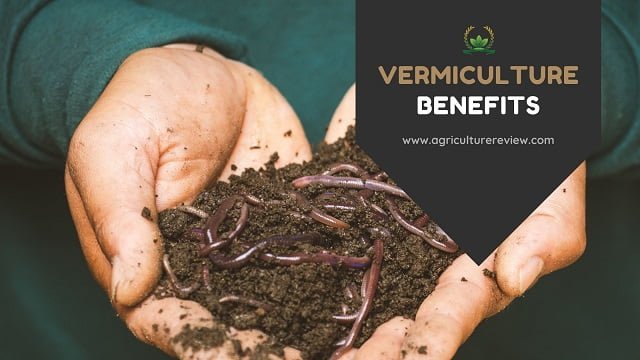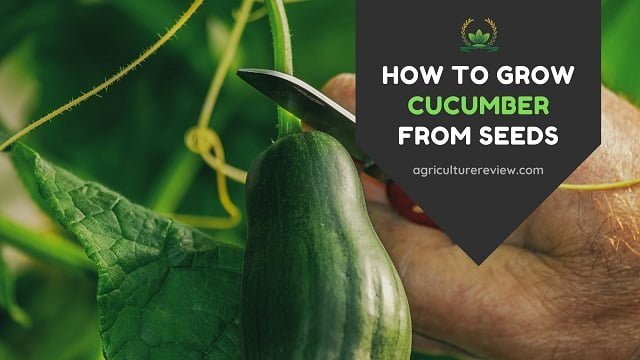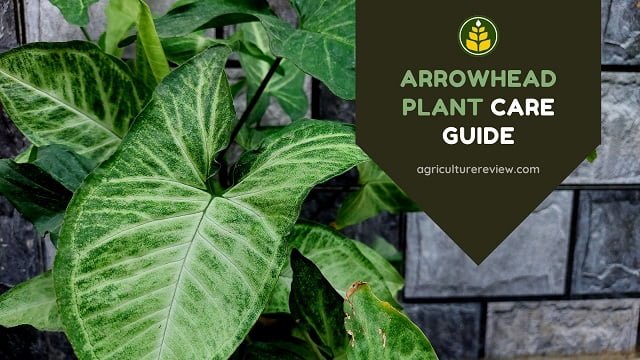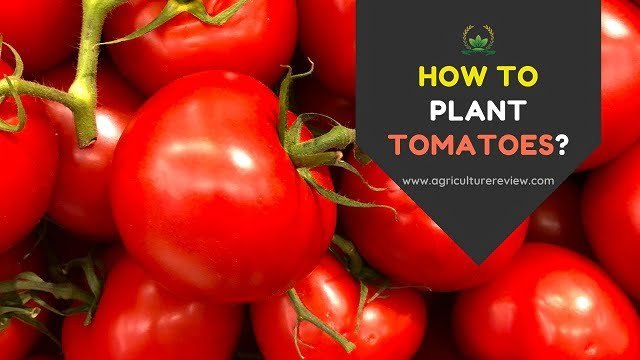This ultimate guide on vermiculture by Yamuna Nath will help you to understand vermiculture definition and benefits. Read the article to know more about vermiculture.
Table of Contents
Vermiculture Definition
Vermiculture is the practice of raising worms for any use (a culture of worms ). Often when gardener mention vermiculture they’re actually pertaining to vermicomposting. Vermicomposting is the utilisation of worms to convert food scraps and other materials that can be decomposed into compost with the help of earth worms.
Vermicast (also called worm casting ,worm humus ,worm manure, or worm faeces) is the top product of the breakdown of organic matter by earthworms. These casting have been shown to contain reduced levels of contaminants and a better saturation of nutrients than the organic materials released before the introduction of vermicomposting.

Vermicompost Importance
Vermicompost contains water-soluble nutrients and is a superb nutrient -rich organic fertilizer and soil conditioner. it’s utilized in farming and little scale sustainable ,organic farming.
It can be applied for treatment of sewage. A variation of the method is vermifiltration (or vermidigestion )which is employed to get rid of organic matter , pathogens and oxygen demand from wastewater or directly from black water of flush toilets.
Vermicomposting has gained popularity in both industrial and domestic settings because ,as compared with conventional composting ,it helps to convert organic wastes more quickly into compost. In manure composting ,it also generates products that have lower salinity levels.
It may be a quick ,efficient method to convert kitchen scraps into an upscale soil amendment using earthworms. Vermicompost worms break down organic matter,such as kitchen scraps, into waste products called castings. Although castings could be waste to the worms, but they are an upscale treasure for gardeners.
Vermicompost is richer in essential plant nutrients like nitrogen ,phosphorous and potassium than traditional compost. It also contains microbes that help plants grow.
Can any short of earthworm can be used for vermicomposting?
The simplest sorts of worms that are used for vermicomposting are red wigglers (Eisenia fetida) and red worms (Lumbricus rubellus). These two species make great worms for the compost bin because they prefer a compost environment, and they are very easy to stay and survive.
Worms that prey on vegetable waste, compost, and organic bedding produce richer casting than worms who prey on plain soil. You will not find Red wigglers very easily in garden soil. They can be found near compost ,under rotting logs ,and in other organic cultures.
Identifying these worms is really difficult for beginners. It won’t be easy to tell the difference between Lumbricus rubellus and other worms, so it’s best to shop for them. If you do not have an area supplier then you can get them or purchase them from online stores .
It takes at least 453.5 grams of worms (1,000 individuals ) to start out an honest -sized compost bin. Worms and vermicomposting bins don’t smell much, so you can keep worms indoors year round. But I prefer keeping them outside in semi shade.
Its an excellent way to spend your kitchen scraps and therefore the kids can also enjoy helping you out with the worm farm.
If you select the proper vermicomposting worm types and feed them regularly . (About one -half pound (226.5 grams) of food scraps to per pound (453.5 grams) of worms per day, you will have a steady supply of vermicompost for your garden.
Materials Required
पानी
Trash
Thatch roof
Soil or sand
Gunny bags
Earthworms
Weed biomass
An out sized bin (plastic or cemented tank)
Dry straw and leaves collected from paddy fields .
Biodegradable wastes collected from fields and kitchen.
प्रक्रिया
1. To organise compost ,either a plastic or a concrete thank are often used. The size of the tank depends upon the supply of raw materials.
2. Collect the biomass and place it under the sun for about 8-12 days. Now chop it to the specified size using the cutter.
3. Prepare a trash slurry and sprinkle it on the heap for quickly decomposition.
4. Add a layer (2-3 inch) of soil or sand at rock bottom of the tank.
5. Now prepare fine bedding by adding partially decomposed trash , dried leaves and other biodegradable wastes collected from fields and kitchen . Distribute them evenly on the sand layer.
6. Continue adding both the chopped bio -waste and partially decomposed cow dung layer by layer into the tank up to a depth of 0.5-1.0 ft.
7. After adding all the bio -wastes, release the earthworm species over the mixture and canopy the compost mixture with dry straw or gunny bags.
8. Sprinkle water on a daily basis to take care of the moisture content of the compost.
9. Cover the tank with a thatch roof to stop the entry of ants ,lizards, mouse , snakes, etc. and protect the compost from rainwater and direct sunshine.
10. Have a frequent check to avoid the compost from overheating. Maintain proper moisture and temperature.
इन्हें पढ़कर आपको भी अच्छा लगेगा,
और पढ़ें: 3G CUTTING: BEST WAY TO IMPROVE CROP YIELD!
और पढ़ें: BEEJAMRIT: ORGANIC SEED GERMINATION FERTILIZER
Result
After the 24th day ,around 4000 to 5000 new worms are introduced and therefore the entire staple is became the vermicompost.

Vermiculture Benefits
On of the foremost significant contributors for composting is kitchen waste for home gardening. Scraps from meal preparations also cooking supplies are often added to a compost bin and, successively, contribute to our soil and mulch .
Vermicomposting may be a compliment to the process by increasing the value of nutrients returned to the soil. vermicomposting rather than conventional composting gives gardeners five key benefits.
Five Key Benefits
1. Diverting waste from landfills is superb ,and vermicomposting also produces nutrient rich casting for your garden.
2. Compared to traditional composting less space is needed. A bin with a few square feet of 8-16 inches deep works well.so do five -gallon buckets buried within the ground.
3. Less strength is required . The worms do the work, so you do not need to measure temperature and switch the pile.
4. Faster production of compost, this relies on the temperature of your compost heap, but 3 months to a year may be a typical period of time for a compost heap to be ready. Vermicompost will be ready in around every three months.
5. Red wiggler worms eat half of their weight in the garbage daily. Vermicomposting has some challenges also. You need to form sure that you do not let your worm beds dry out, keep them wet. Worms like fruit ,vegetables ,coffee grounds ,and pasta. Don’t feed them meat scraps because it will smell and attract unwanted pests.
Other Benefits
Enriches soil with micro-organisms. Microbial activity in worm castings is 10 to 20 times higher than in normal soil and organic matter that the worm ingests. Attracts deep-burrowing earthworms already present within the soil.
Improves water holding capacity.
The casting are rich in humic acids ,which condition the soil and help balance pH.
Improves nutrient recycling.
Plant Growth
Enhances germination ,plant growth, and crop yield. Improves root growth and structure. Enriches soil with micro -organisms . Finished vermicompost are often mixed directly into the soil amendment, as plant medium or wont to make compost tea.
Nutrients
Provides plants with essential nutrients and aids within the suppression of disease. Worm casting contain five times more nitrogen, seven times more phosphorus, and 11 times more potassium than ordinary soil ,the main minerals needed for plant growth.





